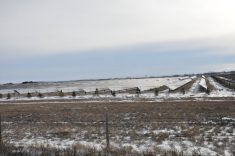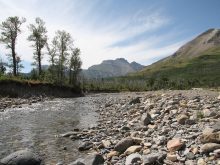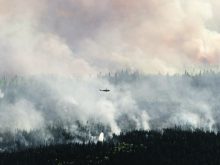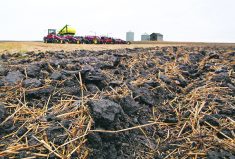There needs to be reminders that the frontier aspect of Alberta is over and we need to grow up. Unlimited space and inexhaustible resources are no more. Perhaps last on the list to be recognized is water, especially for southern Alberta. The Alberta government seems incoherently reluctant to make Albertans aware of the real possibility of an impending water crisis.
Ironically, for an arid landscape, we still seem stuck on the perspective that water is abundant and growth is not limited by its supply.
In reality, water has always been in short supply. We have been lulled into a state of complacency with the marvels of dams, reservoirs and canals. These have given us an impression of abundance. Despite all of this engineering infrastructure, we are still just one or two years of low snowmelt away from water shortages.
Read Also

High prices see cow-calf producers rushing to incorporate
Farm accountants are reporting a steady stream of cow-calf producers rushing to get their operations incorporated ahead of selling their calves this fall.
Climate change isn’t our future, it is our present. Declining river flows, persistent drought, increased temperatures, heat domes, greater evaporation and more wicked weather events signal our world has changed.
This is not the end of our world but it’s time to be smarter, more conscious of the changes and better stewards of what water is available. This might start with the recognition that irrigation expansion is a dream that cannot be fulfilled.
Even if we completely drain our rivers and renege on interprovincial water sharing agreements, this dream cannot be sustained. We can’t make more water. Building more storage is an expensive, zero-sum game and any temporary advantage is at the mercy of climate change.
Doing more of what we have always done — more dams, more reservoirs, more irrigated acres — is navigating our future through the rear-view mirror. There are other forward-thinking pathways that have more promise.
These other pathways require the discussion to occur outside of the boardrooms of the irrigation sector and their supporters. Water, its uses and future is of concern to all Albertans, not just one sector. A sector that is so reliant on the public purse needs to be more receptive to ideas from Albertans outside the irrigation fold.
We need to deal with the chronic overallocation of water, a historical artifact of the frontier. Several southern Alberta rivers are dying from lack of water — this needs to be dealt with through the science of in-stream flow need studies. It will also require those with water licences to surrender some of their water for the public good to restore ecosystem health in our rivers.
Serious questions about crop choices under irrigation must be addressed, especially thirsty ones like alfalfa. More efficient irrigation systems, reduction in evaporation from open canals (which is being addressed with pipelines) and water metering offer opportunities to continue irrigation agriculture through prolonged periods of water scarcity.
All of us must conserve water. Urban dwellers might start by ditching their thirsty Kentucky bluegrass lawns in favour of something more native and drought tolerant. As individuals, families, corporations and governments, we are in this together and everyone needs to do their part.
The South Saskatchewan Regional Plan is due for a review in 2024. This is where we can and should come together to better plan our water future. If we can appreciate this is a multi-sector initiative, at a watershed scale, there are opportunities to better adapt to a changing world.
If we don’t start connecting the dots between the state of the watershed and downstream water availability, this will exacerbate drought conditions and our ability to irrigate and provide domestic water supplies and affect economic sustainability.
With the frontier of resource abundance behind us, change is required.



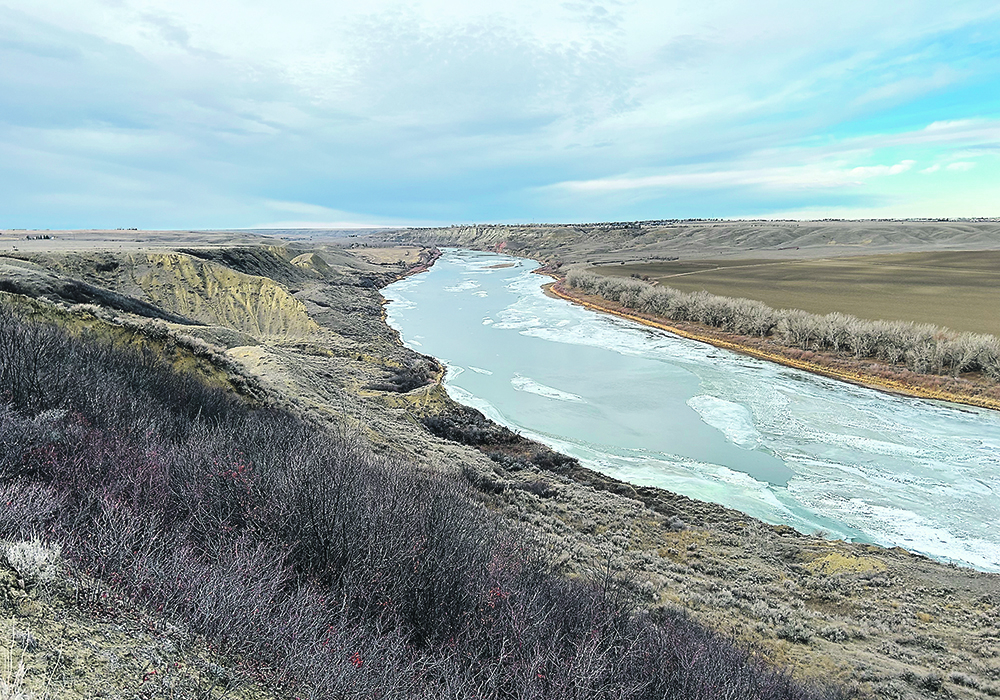

![Protesters crowd a street carrying signs that read, "Global warming real. In other news, water is wet," and "Stop denying the [blue painted pic of the Earth] is dying."](https://static.producer.com/wp-content/uploads/2025/07/29145152/158171_web1_2019-10-18T222818Z_1221762151_RC14C26A65A0_RTRMADP_3_CLIMATE-CHANGE-THUNBERG-1200-220x165.jpg)

